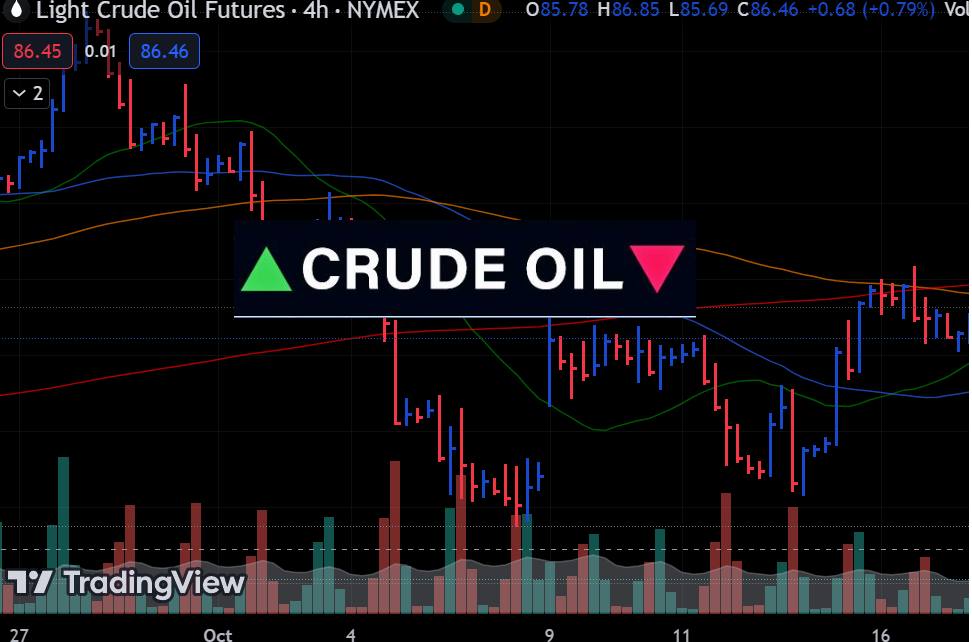- China’s central bank plans to reduce bank reserve requirements starting from February 5.
- US crude output fell to a five-month low of 12.3 bpd last week.
- Business activity in the US showed improvement in January.
On Wednesday, oil prices increased by approximately 1%, driven by a larger-than-expected decline in US crude inventories. Other factors that supported the rally include a decline in US crude output, Chinese economic stimulus, geopolitical tensions, and a weakening dollar.
China’s central bank plans to reduce the reserve requirements for banks starting from February 5, aiming to strengthen a fragile economic recovery. Meanwhile, the Energy Information Administration reported that crude inventories fell by 9.2 million barrels last week. This was well above the 2.2 million-barrel draw predicted by analysts.
Additionally, oil rose as US crude output fell from a record 13.3 million barrels per day (bpd) two weeks ago to a five-month low of 12.3 bpd last week. The decline came due to frozen oil wells during an Arctic freeze.
Geopolitical tensions remained high, with a coalition led by the US and Britain conducting new strikes against Houthi fighters in Yemen. The US accused Iran-backed Houthis of 26 attacks on commercial shipping in the Red Sea since late November. This disrupted about 12% of global oil trade.
In the Hamas war, tank shells struck a UN training center in the southern Gaza city of Khan Younis, killing at least nine people and injuring 75 as Israeli forces advanced. More support for oil came from a weaker dollar. The US dollar fell to a one-week low against a basket of currencies. A weaker dollar makes crude cheaper for buyers using other currencies.
US business activity (Source: S&P Global)
Business activity in the US showed improvement in January, with S&P Global’s flash US Composite PMI Output Index reaching 52.3, the highest level since June. This higher composite reading supports economists’ predictions of continued economic growth in 2024. Moreover, the report showed easing inflation, which aligns with expectations that the Fed will begin cutting interest rates in the first half of 2024.
Investors will now focus on more data from the US. On Thursday, the government’s initial projection of fourth-quarter gross domestic product will likely reveal a 2.0% annualized growth rate. This follows the third quarter when the US economy experienced a faster expansion rate of 4.9%.





